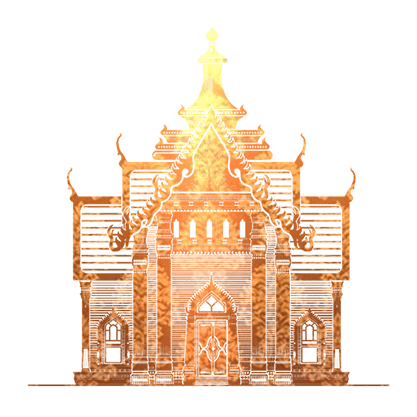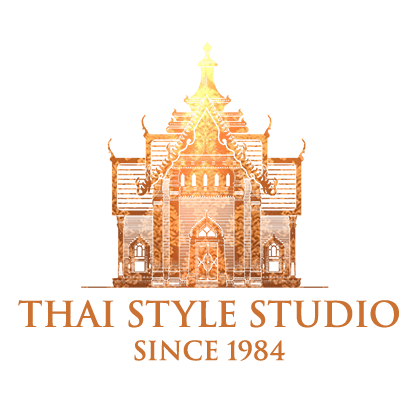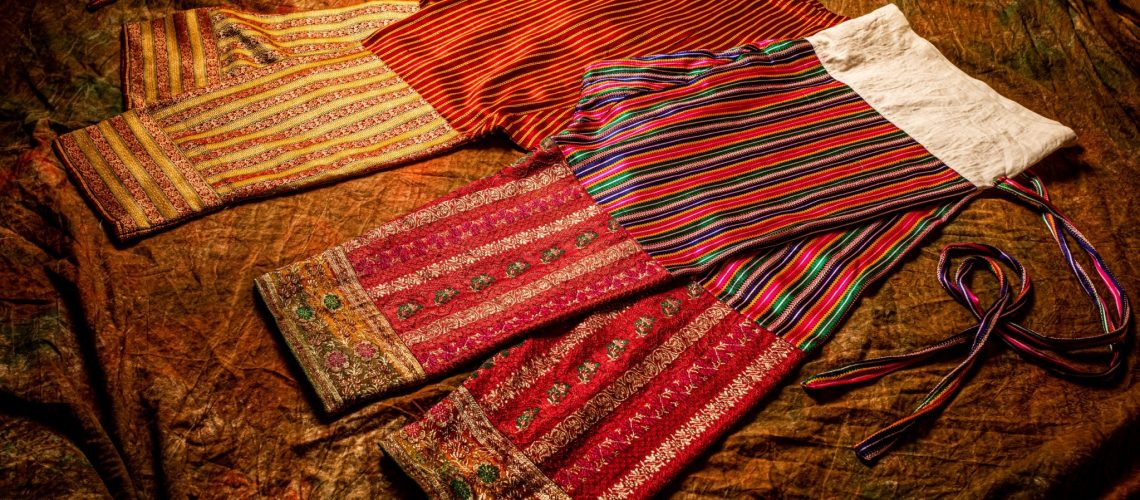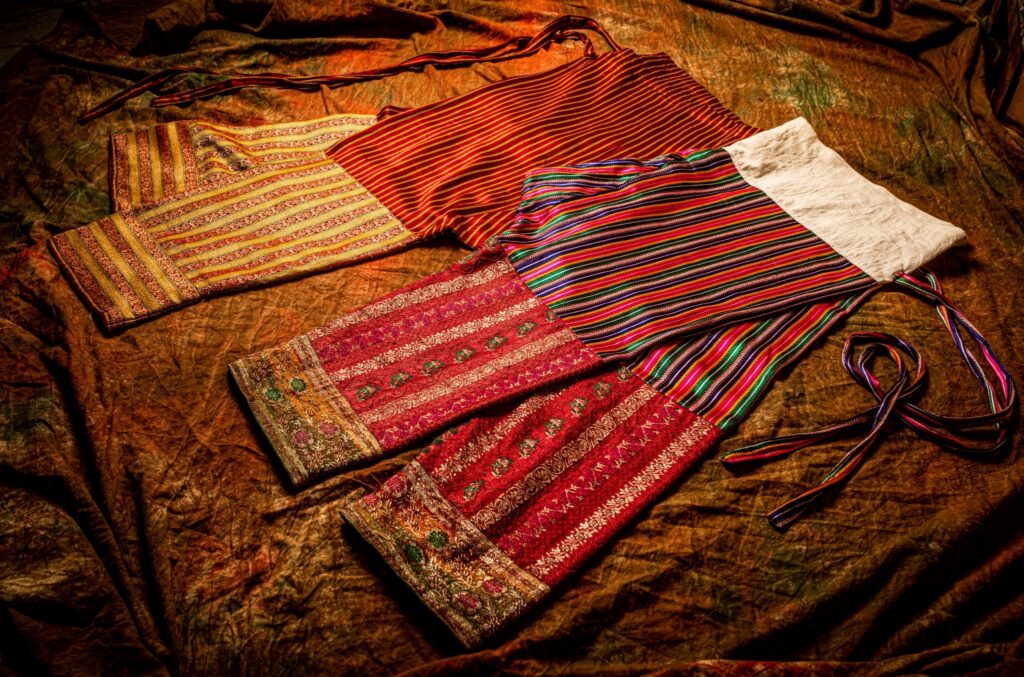
Record revealed in the royal law in regards the bottom-wear of the royalties to which brought attention to the study of historical attire and garment in Siamese era was the phrase ‘ขนองกั้นเกนสนับเพลา (Ka-Nong-Kan-Ken-Sanub-Plaw), the literal words themselves are not to have any understandable meaning, hence the need to decode each of the words and the context of these vocabulary, the phrase are interpret to ‘the pieces of cloth that cover from one’s crotch downward to legs’ – or bottom-wear.
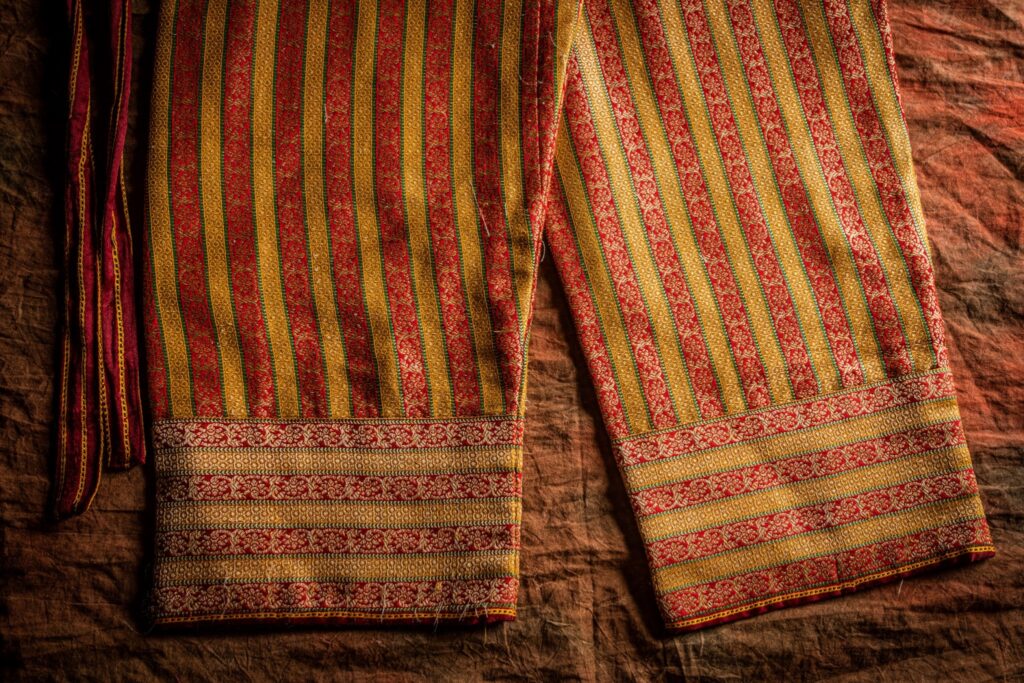
The historical scriptures as recorded in the royal law are the writings of northern dialects, making the understanding of the language and vocabulary very challenging even for Thais. The revelation and translation of the word itself hence considered a very significant step to unlock the essence of Thai historical attire.
Besides the bottom-wear cloths (e.g.,sarong), the trousers were also considered a general attire. The earlier version were ones resembling shorts with the length to cover only the thighs, then ones that cover down to knees’ length, shins and down the ankle, respectively.
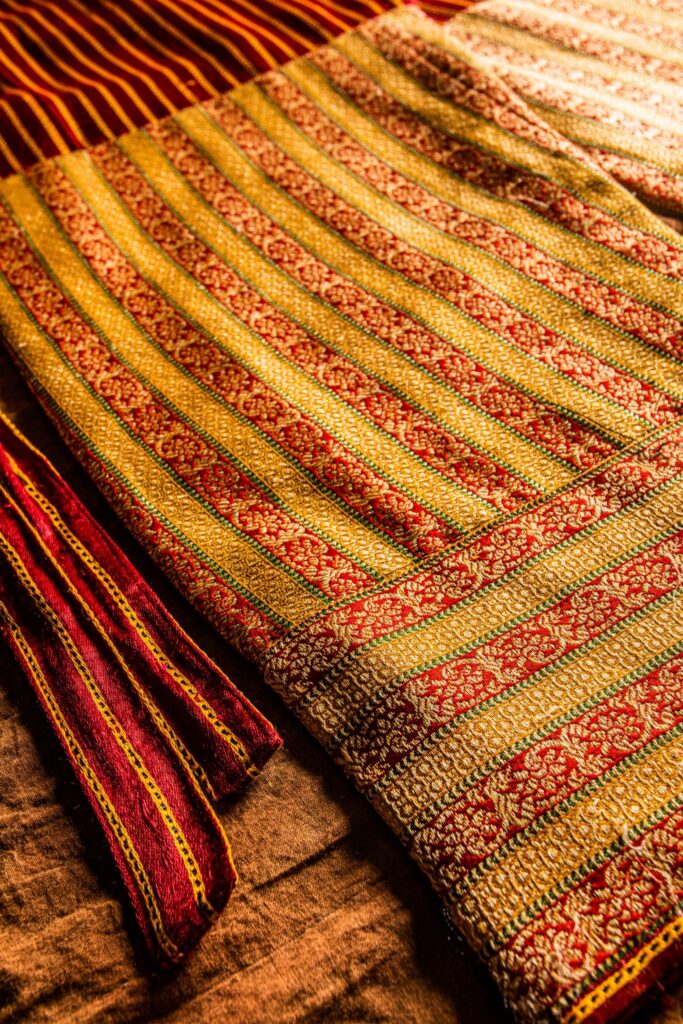
Direct quotations of Phraya Anuman Ratchathon – Thai renowned scholar;
“Kang-Keng’ (translated to trousers/pants) is a very strange word as the meaning and understanding of this piece of attire is so varied among the races and regions. Thai-Chinese were using different terms of such a word, they used ‘Pong-Pi’ for the wide leg pants, but for the more skinny ones, they called those ‘Pa-Yap’. For northeast Thais, the word for trousers-like attire is ‘Song’. The one that is the most similar to the central Thai word ‘Kang-Keng’ is ‘Kong-Keng’ which is used by the Southern community.
Pants are relatively new and as evidently studies show that the understanding of the concept is not unanimous.
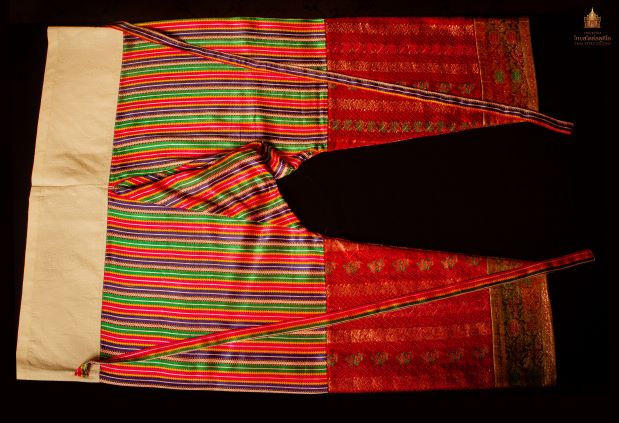
The evolution of Thai historical bottom-wear was highly influenced by the local climate and environment. The earliest bottom clothes are simply a piece of wrapped clothes. The wrap, then became more and more troublesome for mobility, then people started to pull the end of the cloth up and tug it in the waistband, creating the new garment more similar and resembling what we know as ‘trousers’ today.
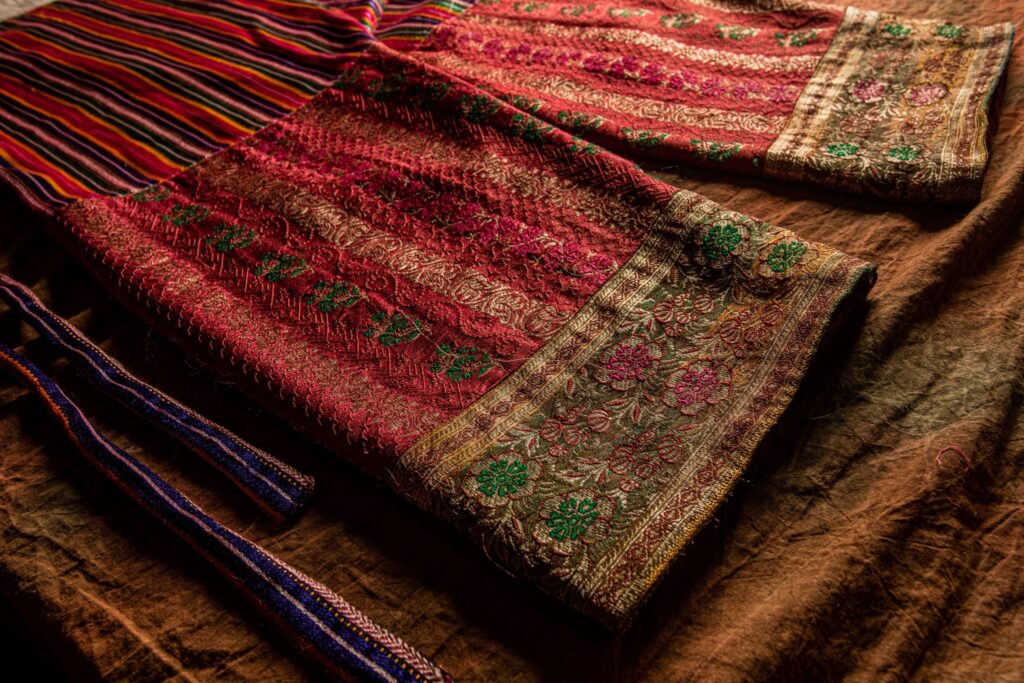
The ancient murals or paintings of the northern and central region have got the similarity of the way angels and mythological characters were drawn – The bottom-wear of these characters resembles the wearing of trousers, layered with a piece of sarong cloth. In the record of King Rama the V’s journal, there was also a remark and assumption of ‘trousers’ to be more ancient than it seems.
Linked back to the scripture of ancient royal law – it is assumed that the originality of trousers as we know it came from these ancient clothing where the trousers were worn as a base and layered with either sarong or shorter pants. The trousers – Kang-keng are meant for the inner piece (base).
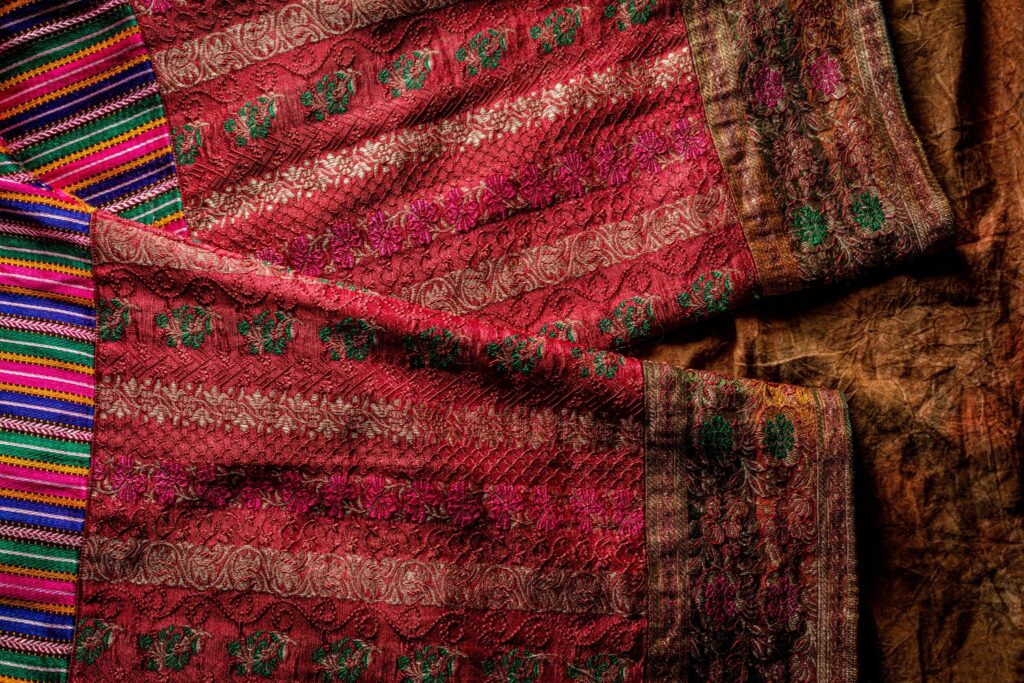
Layered bottom wear was not a rare fashion – Historically, it has been worn generally by people from all classes and status. However, the specific way of wearing trousers topped with tugged sarong (Jong-Kra-Ben) or shorter pants are likely to be the exceptional fashion among elites and the nobelity.
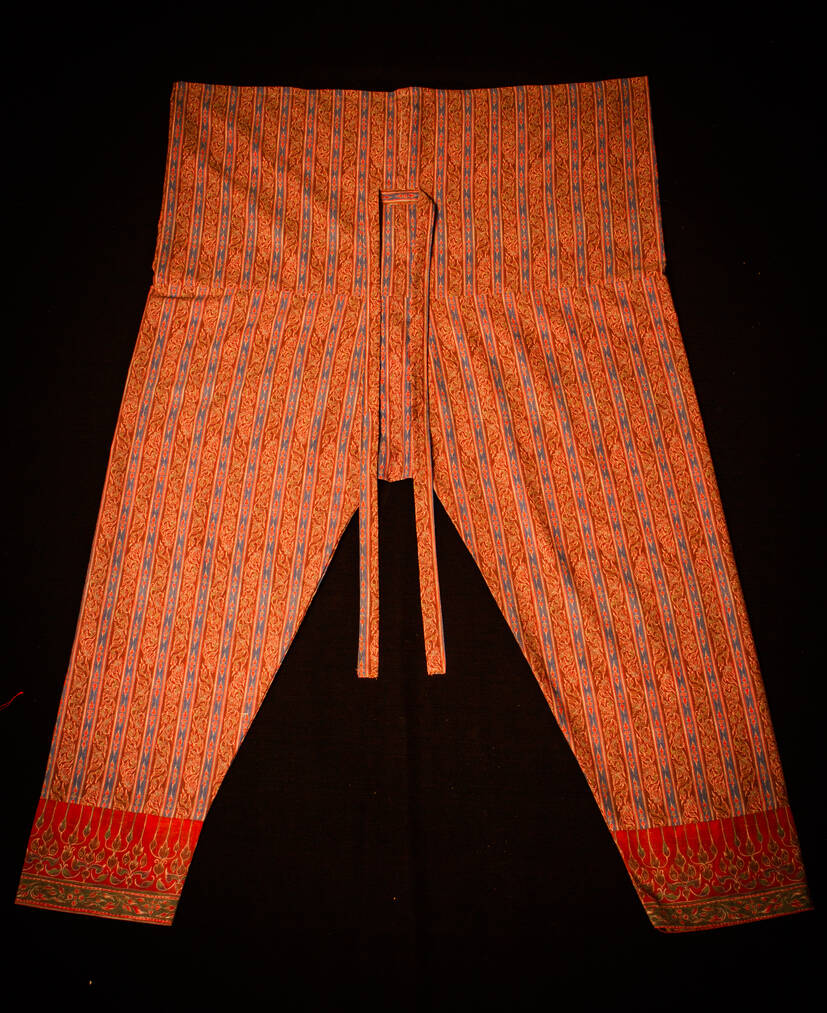
Trivias: The specification and rules for clothing were highly enforced especially in the presence of royalties. The most common regulations were to prohibit wearing red, pink, pattern cloth, embroidery, and flowery accessories. The punishment for violation of these laws were record to be severe, e.g., the extermination of the outlawed clothes and other severity in accordance with the violation.
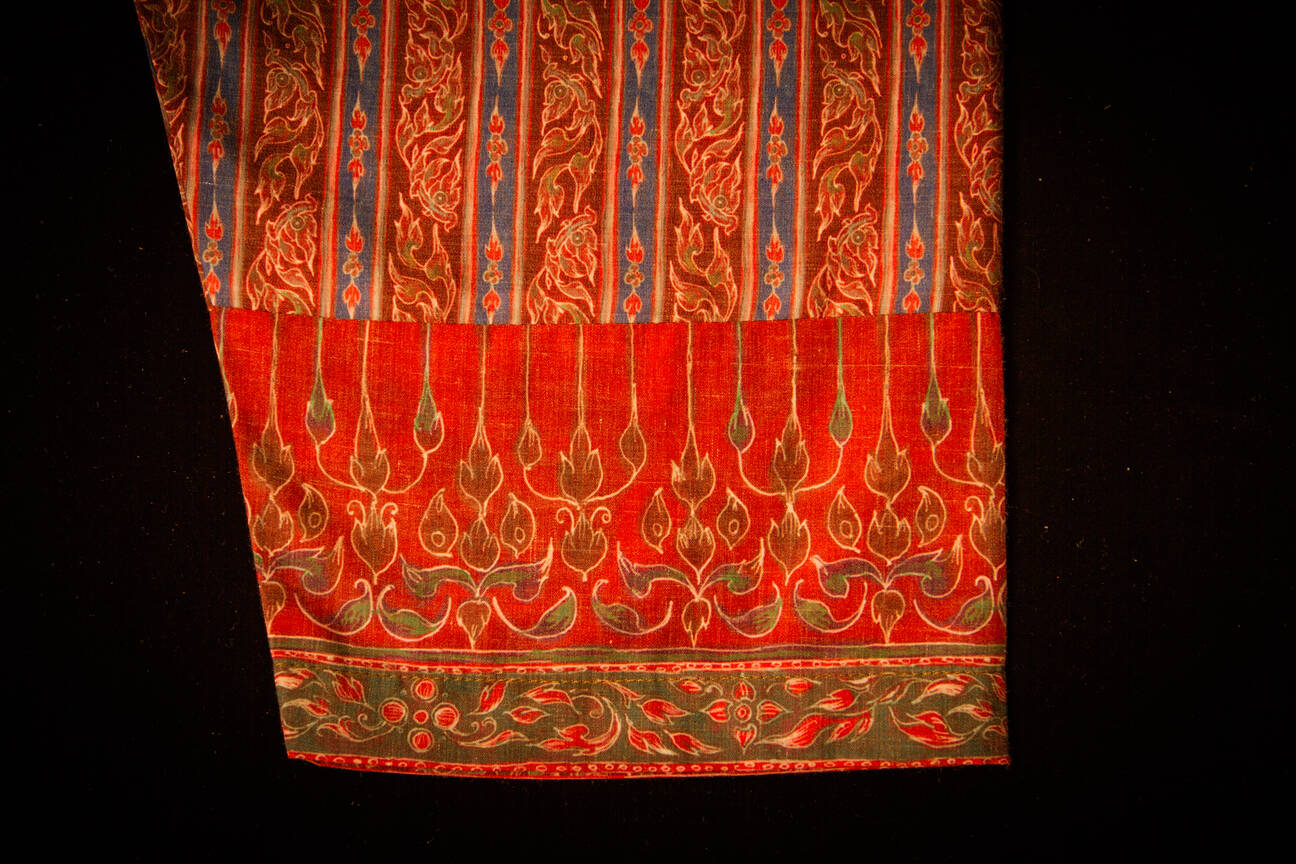
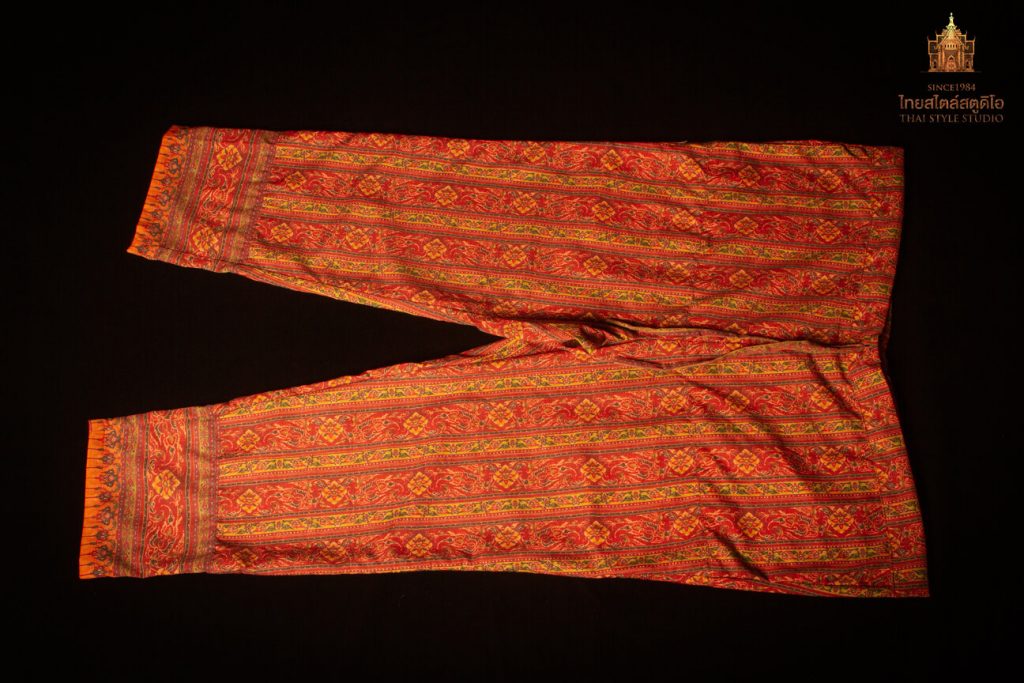
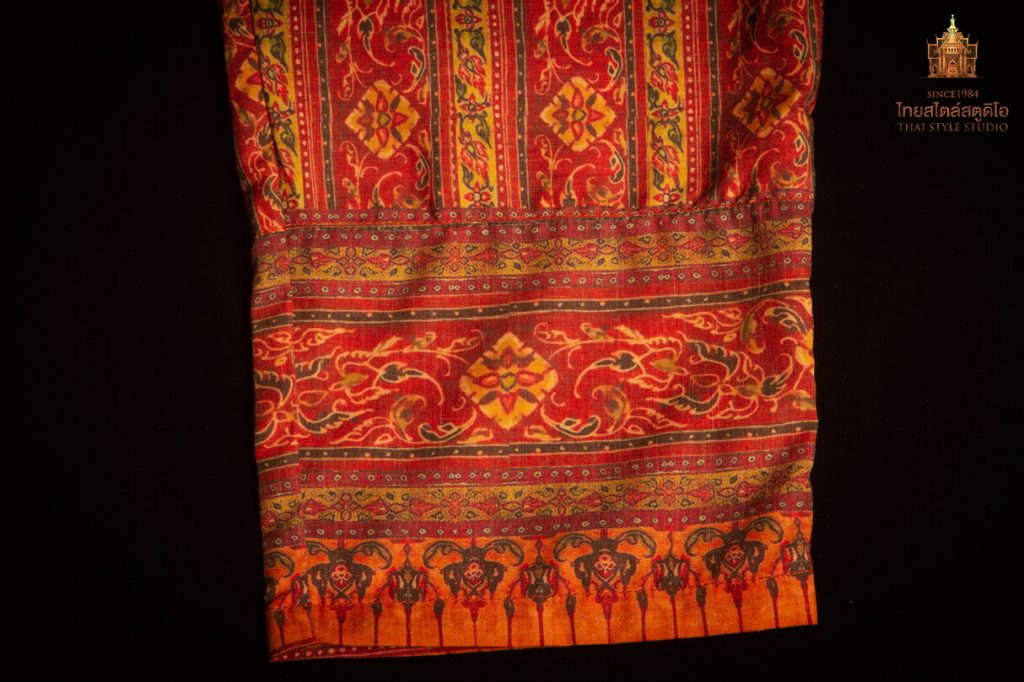
TRULY THAI AUTHENTIC YOU CAN BE
>>ติดตามเรื่องราวความเป็นไทยอย่างใกล้ชิดที่ Thai Style Studio<<
เพราะเราเชื่อว่า “มากกว่าความรู้สึก คือ การได้สัมผัสประสบการณ์ความเป็นไทยด้วยตัวคุณเอง”
